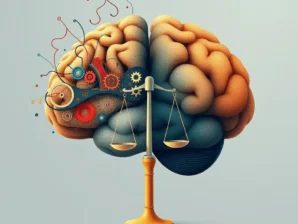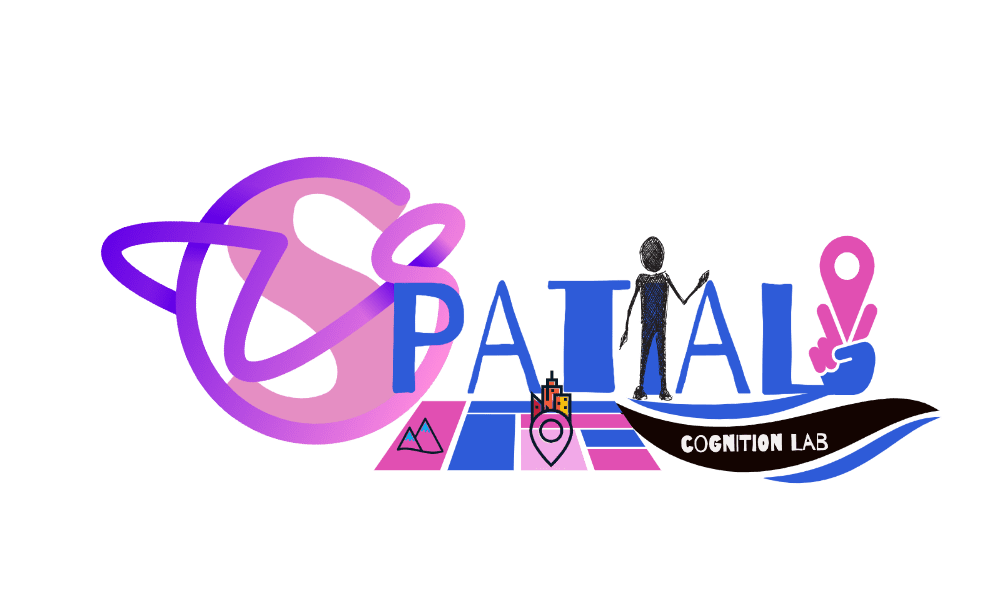It is now online the final published version of the Article
“A cross-sectional study of
gender role adherence, moral disengagement mechanisms and online vulnerability
in adolescents.”
by Laura Piccardi, Jessica Burrai, Massimiliano Palmiero, Alessandro Quaglieri, Giulia Lausi, Pierluigi Cordellieri, Angelo Fraschetti, Anna Maria Giannini and Emanuela Mari published in Heliyon. In the present study we found that girls weremore vulnerable online than boys, who in turn used more moral disengagement mechanisms. In addition, moral displacement showed a positive indirect effect on the relationship between gender and online vulnerability. This means that when including
the moral displacement in the mediation model boys appeared more exposed to online vulnerability as they probably adopted more immoral behaviors. These results could help to develop interventions to sensitize adolescents on both taking responsibilities for their actions on the Internet.






